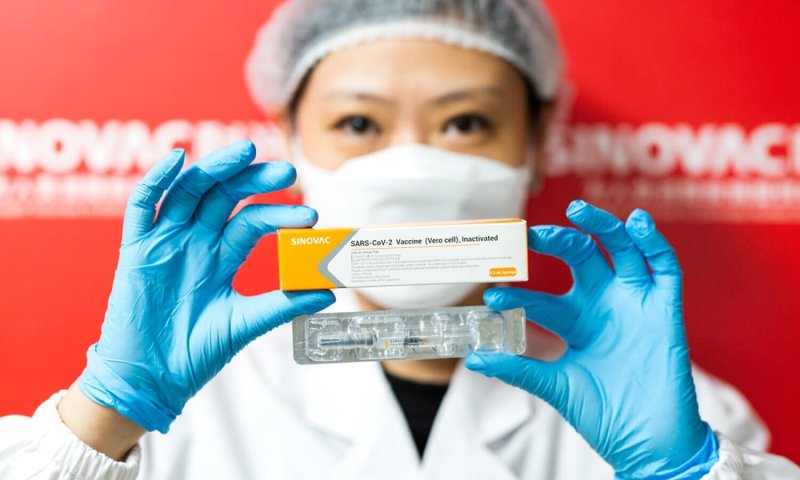Most Asian countries have administered doses to less than 3% of their populations, while mainland China and Hong Kong have vaccinated around 5%, according to Our World in Data, a project based at Oxford University. Meanwhile, the U.S. has administered at least one dose to around 25% of the population, and the U.K. reached 41%.
…
Public-health experts point to a number of factors that could be slowing the rollout, including difficulties in increasing production enough to serve both the largest population in the world and a growing list of foreign countries China has promised to supply.
Another factor may be hesitancy. In the southern Chinese city of Shenzhen, Melody Chen, a 29-year-old high-school teacher, said she declined an opportunity to get inoculated through her employer. She noted that the city hasn’t reported a Covid-19 case for months, and said she worries that vaccines developed so quickly could pose health risks that haven’t emerged yet.
“I am sure people would have been scrambling to get vaccines if they were given a year ago,” she said. “I don’t feel the need to take that risk at the moment.”































